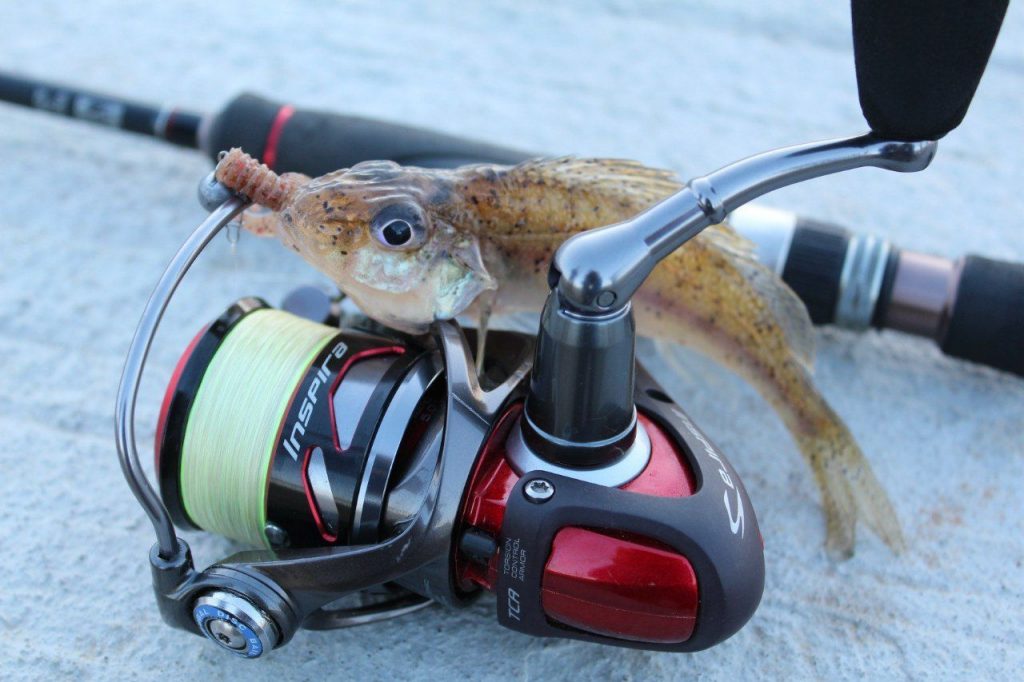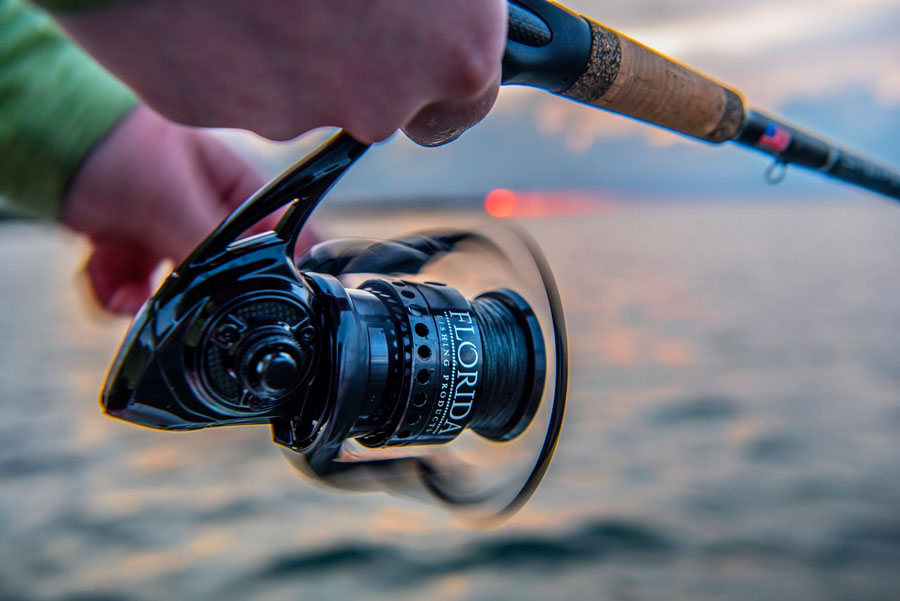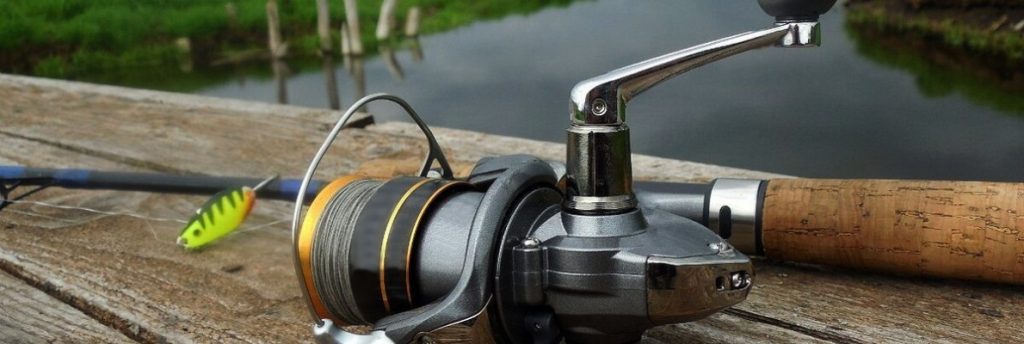The reel is one of the main elements of spinning tackle. With its help throwing and wiring of the bait, reeling out the hooked fish, besides it stores the necessary stock of line or cord is made. The reel, or rather its characteristics, directly affects the work of the entire spinning reel, so it is necessary to choose it responsibly.

Types of fishing reels
To date, there are three types of reels, which differ in appearance, technical parameters, as well as the principle of operation. Let’s consider them in detail.
- Unsprung (popularly called “meat grinders”) – universal devices, so the most popular. Among the huge range of choices for themselves in this category find both beginners and professionals.
- Inertial – an outdated type of reels, which requires the possession of certain skills. Their disadvantage is that after casting, the force of inertia continues to rotate the drum, and if it is not forcibly stopped, the dropped line forms a “beard”. With the advent of winchless reels, these reels lost relevance, although in some types of fishing are still successfully used (eg in fly fishing).
- Multiplier – special power reels, designed for carp fishing and trolling. They work according to the principle of inertial models, but at the same time have a higher sensitivity. Another difference from meat grinders – the way of casting the line (cord) from the bobbin. With multipliers, the line comes off the rotating bobbin, and with conventional winchless reels – from a stationary one.
The main characteristics of reels
To make the tackle work perfectly, when choosing a reel, you need to consider all the nuances. What to pay attention to in the first place?
Body and bobbin material
Most modern reels are made of metal alloys or plastic. Lightweight plastic models do not weigh the rod, are relatively cheap, but their service life leaves much to be desired. Metal ones are much more reliable, but they weigh more, so they are not suitable for delicate rods (for example, ultra-light rods).

Fishing capacity
This is the name of the capacity of the bobbin, which is necessarily indicated on its body. For example, the number 2000 means that the bobbin holds 100 meters of line with a diameter of 0.20 mm. A simple rule for selection: the thinner the line and the lighter the rod, the smaller the reel.
Laying the line
Monofilament or braided cord can be wound on the spool in two ways: straight and crosswise. In the first case, the coils are laid parallel to each other, which increases not only the capacity of the bobbin, but also the likelihood of knots in the castings. Cross-winding does not have this disadvantage, but it is inferior to straight-winding in terms of capacity.
Reduction
Each reel has a certain number of turns of the bobbin and the tailcap at one turn of the handle. This number is called gear ratio. According to this parameter reels are divided into:
- speed (1:5.2-1:6.2);
- universal (1:4.6-1:5.2)
- power (1:4.0-1:4.6).
To hunt small carnivores with ultralight tackle suit speed reel, for trophy fishing – power, universal models are used in different types of fishing.

Friction
Friction brake is necessary for the line to withstand the resistance of the fish (provided that it is properly set). Without this device jerk extinguishes only the rod tip, and, it must be said, copes with this task is not always possible. Reels with friction are more expensive than products without it, but if you have enough money, it is better to give preference to the first option.
Have a good fishing trip!
